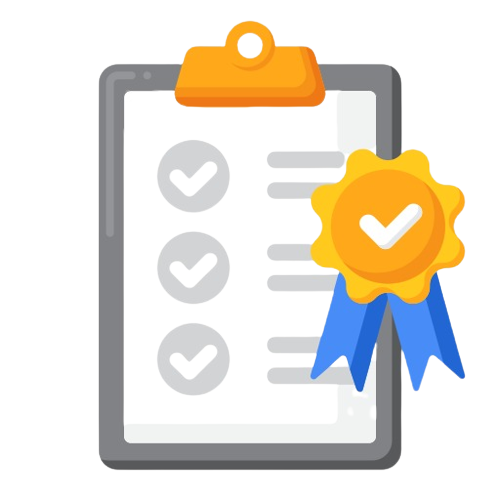A portfolio is a collection of projects, programs, subsidiary portfolios, and operations managed as a group to achieve strategic objectives. The portfolio components, such as programs and projects within the portfolio, are quantifiable (e.g., identified, categorized, evaluated, prioritized, authorized). Also, the portfolio components may be related or unrelated, may be independent or interdependent, and may have related or unrelated objectives. Managing a portfolio in a structured way is one of the best ways to turn strategies into real results. Portfolio managers help make sure that projects, programs, and everyday work are focused on the organization’s goals, and that time and resources are spent on the right things to create value. Earning the Portfolio Management Professional (PfMP)® certification shows that you have advanced skills in managing multiple portfolios and driving strategic success.
CoachPro Consulting provides globally recognized PfMP training courses, designed to enhance your expertise in managing portfolios effectively. The PfMP certification validates your advanced skills in aligning multiple projects, programs, and operations with your organization’s strategic goals. As a PfMP certified professional, you'll be equipped to balance competing demands, drive portfolio success, and strategically allocate resources to maximize the impact. Our comprehensive PfMP Exam Preparation Certification Training equips you with the knowledge and practical insights needed to navigate the complexities of portfolio management. You’ll learn to identify, categorize, evaluate, and prioritize portfolio components while optimizing resources to achieve strategic objectives. Whether managing related or independent programs and projects, our training empowers you to drive organizational success through balanced and strategic portfolio management.

Extensive Program Management Knowledge: Our PfMP training courses go beyond theoretical concepts, immersing you in real-world scenarios from diverse industries. Learn how to apply program management principles and Portfolio Management Professional (PfMP) best practices effectively to navigate complex projects and drive successful outcomes.

Aligned with Industry Standards: Our PfMP training course aligns with the Standard for Portfolio Management – Fifth Edition and the PfMP Exam Content Outline. You can be confident that the knowledge you acquire is in line with industry standards and the latest advancements in portfolio management.

Expert Instructors: Learn from seasoned portfolio management professionals with a wealth of experience in their respective fields. Our instructors are dedicated to providing engaging and insightful PfMP training that enriches your understanding of portfolio management concepts.

Global Reach: Regardless of your location, our PfMP training course online is accessible to students from all corners of the world. Join our diverse community of learners and benefit from the collective knowledge and experiences shared by portfolio management professionals from various backgrounds.

PfMP Practice Exam: Measure your readiness for the PfMP certification with our exclusive PfMP mock test. This carefully crafted assessment simulates the real PfMP exam experience and helps you identify areas for improvement.

Hands-On Practice: Reinforce your learning with practical exercises and case studies. Gain valuable experience in handling portfolio management challenges and develop your problem-solving and decision-making skills.

Personalized Support: We are committed to your success. Throughout the PfMP training journey, our support team is here to assist you with any queries or challenges you may encounter.

Success Guaranteed: Our track record of success and satisfied PfMP certified professionals stand as a testament to our commitment to your success. Your success is our priority, and we are here to guide you every step of the way.
Enhance your portfolio management expertise and align your skills with organizational strategy through our PfMP training and certification course. Our comprehensive online training equips you with the principles and practices of portfolio management, enabling you to effectively oversee and optimize portfolio components to achieve strategic objectives. Gain the confidence to excel in the PfMP exam and unlock new career opportunities in this dynamic field. Enroll now and embark on a transformative learning journey that positions you as a sought-after portfolio management expert in the global job market. Join our esteemed community of portfolio managers and take the next step in advancing your career!